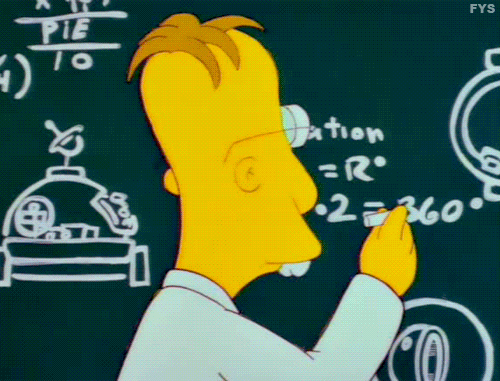This semester, DWRL staff members working in the Digital Archiving Research Area (DARA) have been tasked with exploring the technological, pedagogical, and theoretical intersection of two formidable abstractions: The Archive and the Object. These are vibrantly contested terms, around which significant differences in epistemological and discursive practice turn. Like black holes colliding, the meeting of these rhetorical question marks will send waves throughout the university—or such is our gambit.

To better understand the aims of DARA, we should thus begin with a few short words on these far larger terms. For reasons that I will return to, let’s first consider the object—a topic with an immense philosophical history, which has garnered renewed academic interest of late thanks to the work of Graham Harman, Jane Bennett, Actor-Network theorists, and many others. Although we have neither the time nor the space—and certainly not the spacetime, whatever those aforementioned gravitational ripples may suggest—to delve into the emerging body of rich contemporary literature on the subject of the object, we can at least gain a sense of this field by briefly turning to Martin Heidegger, whose phenomenological approach has had enormous impact.

Specifically, I want to sketch the difference between a few interrelated terms over a three part blog series. The first is Vorhandenheit, a neologism which translates roughly to present-at-hand; according to Heidegger, Vorhandenheit designates a basic attitude toward the world wherein ordinary entities are regarded objectively, scientifically, disinterestedly. What matters is what can be measured, what is evident and present in an object, so that ultimately we are focused in Vorhandenheit on calculating how an entity might be exploited, explained, and controlled.
Let’s consider just one example: A tweet.
From an attitude of Vorhandenheit, it’s obvious that a tweet consists of not much more than a few lines of code, protocols, metadata—information that can be codified, preserved, mobilized. What a tweet says, who reads it, how it gets posted: Such specificity is negligible when considering the digital as present-at-hand, while from a systematic and impartial position, only the hard fact of script counts for much. As the image below illustrates, any given tweet is made up of a lot of data, far more than the mere 140 characters that users are limited to:

Even so, users necessarily never see the backend of a tweet, and so remain blind to its technical specifications even as they read and write, hashtag and RT: When scrolling through Twitter, we see something else, something not merely present in way of Vorhandenheit. In effect, a tweet is not just its source code, which is why in my next post I will outline a followup question to ours today: What is a thing?

